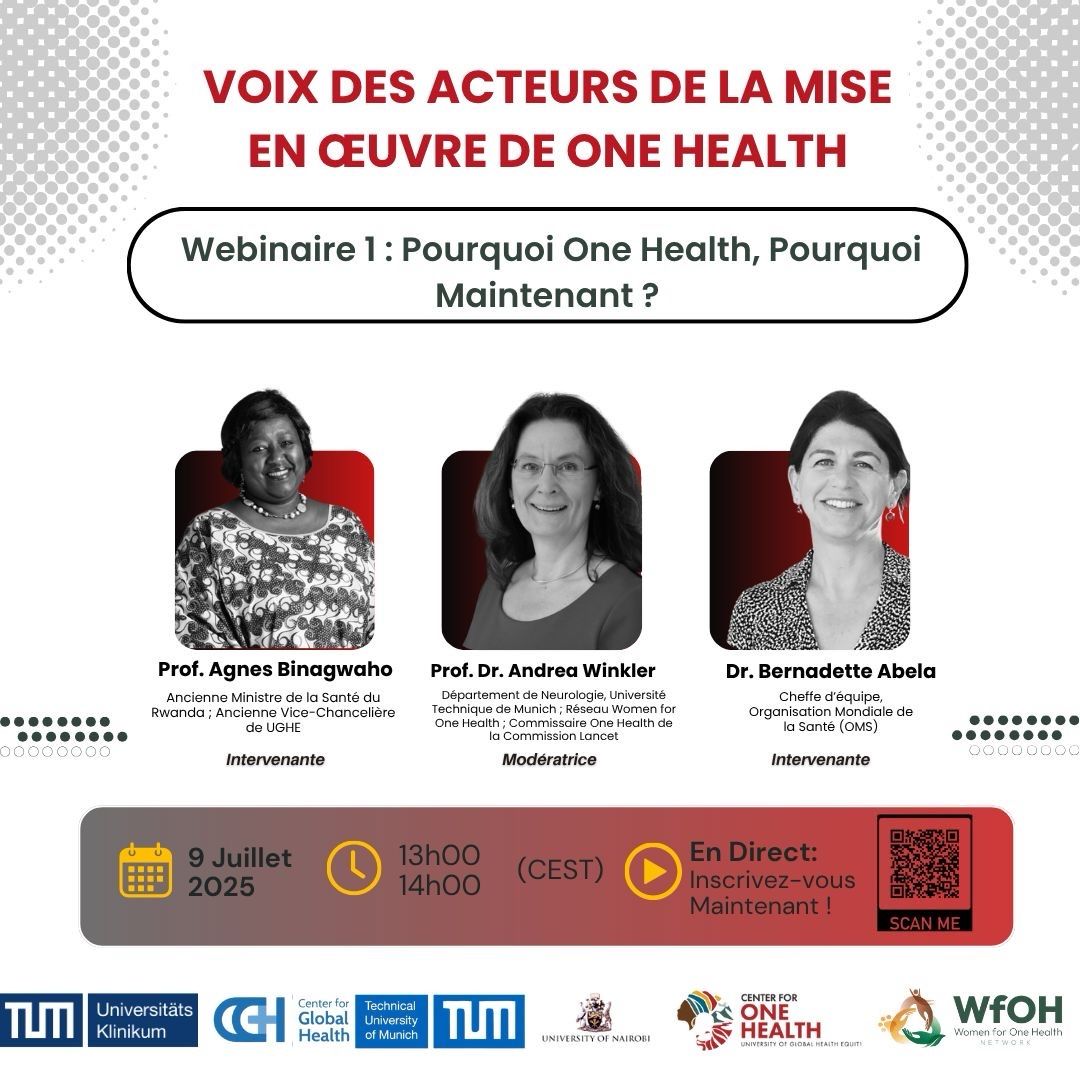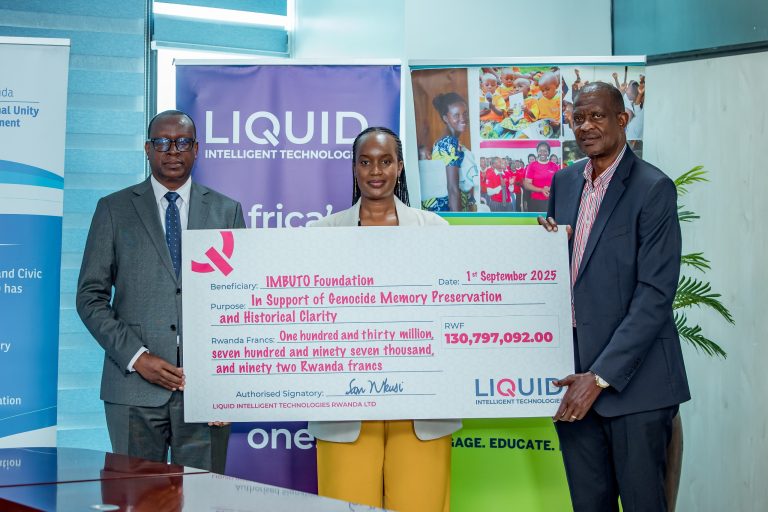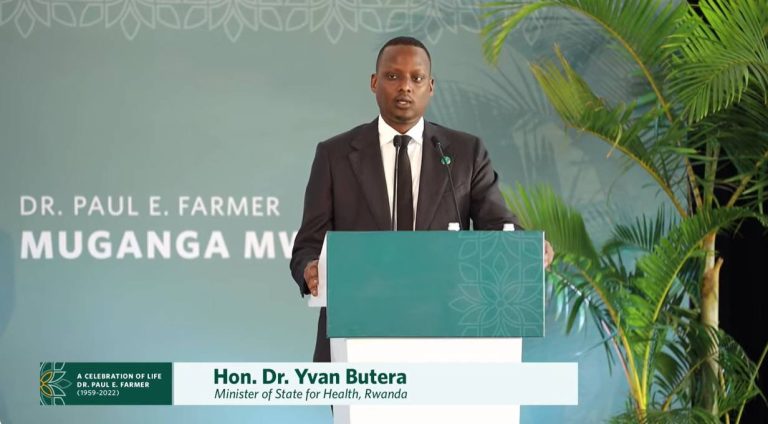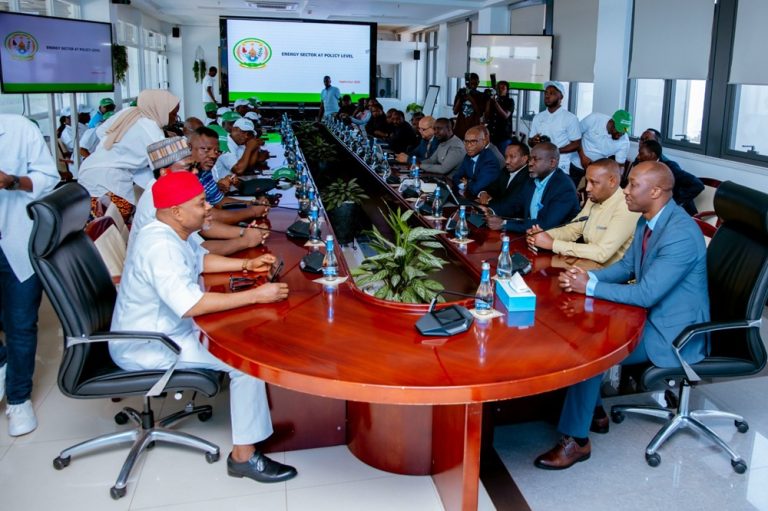
In a compelling inaugural session titled “Why One Health? Why Now?”, global and national health leaders emphasized the urgent need for integrated, cross-sectoral approaches to address the complex health challenges facing the world today. Dr. Agnes Binagwaho, former Rwandan Minister of Health, and Dr. Bernadette Abela, Team Leader at the World Health Organization (WHO), jointly underscored that achieving health equity and sustainable development requires breaking down silos and fostering multisectoral collaboration.
Dr. Binagwaho highlighted the significance of the Sustainable Development Goals (SDGs), particularly Goal 3—ensuring healthy lives and well-being for all. She stressed that these goals are rooted in equity, emphasizing that “no one should be left out.” She elaborated on the importance of integrating health with education, infrastructure, water and sanitation, social protection, and other sectors to improve quality of life. “We need all sectors—private, public, community, youth, women—to be part of this effort,” she said, emphasizing a holistic approach that considers social determinants beyond just healthcare delivery.
Echoing this, Dr. Abela reinforced that One Health is not a new idea but a vital framework—“not a law, but a way of working”—which requires political will and multi-sector coordination. “The health sector cannot do it alone,” she asserted. “We need a whole-of-government, whole-of-society approach to address today’s complex problems.” She pointed out that “working together is the main message,” stressing the importance of collaboration across human health, animal health, and environmental sectors, with organizations like WHO, FAO, UNEP, and UNICEF working collectively to have a broader reach into communities and systems.
Both leaders emphasized the centrality of equity and community participation. Dr. Binagwaho reflected, “If communities are struggling to pay for food and basic needs, then we need systems that support these communities, recognizing that health and well-being are interconnected with their socio-economic realities.” Dr. Abela added, “Understanding community priorities is essential; because if communities do not see the value or understand interventions, even the most advanced tools will not make an impact.”
Data and technology emerged as crucial enablers. Dr. Abela highlighted the importance of linked, high-quality data—“good data, especially shared across sectors”—to enable early warning systems and targeted interventions. She called for a paradigm shift—“breaking down silos and fostering communication”—and stressed that “in this era of data and AI, we must connect the dots across sectors to prevent and respond effectively.”
Both researchers acknowledged that implementing One Health is a learning process. Dr. Binagwaho noted, “Our systems have been built in very siloed ways, but we are that generation responsible for connecting those silos.” She emphasized the importance of long-term political engagement and coordinated effort to accelerate progress toward achieving SDGs.
The role of the private sector was also highlighted as pivotal. Dr. Abela remarked, “We often see the private sector as the ‘bad guys,’ but they are essential partners. They provide tools, innovations, and solutions that help us improve health outcomes for humans, animals, and the environment.”
In conclusion, the joint message from both leaders called for a unified effort to make One Health a practical reality—achieved through collaboration, equity, community engagement, and innovative use of data and technology. They encouraged participants to leverage resources from WHO’s Academy and Open WHO platforms to deepen understanding and facilitate implementation.
Both Dr. Binagwaho and Dr. Abela affirmed that addressing today’s health challenges requires a concerted, multisectoral approach grounded in shared responsibility and long-term political commitment. Their combined insights underscore that, if governments, communities, and sectors work together, the world can reach its sustainable health goals faster and more effectively for future resilience.





